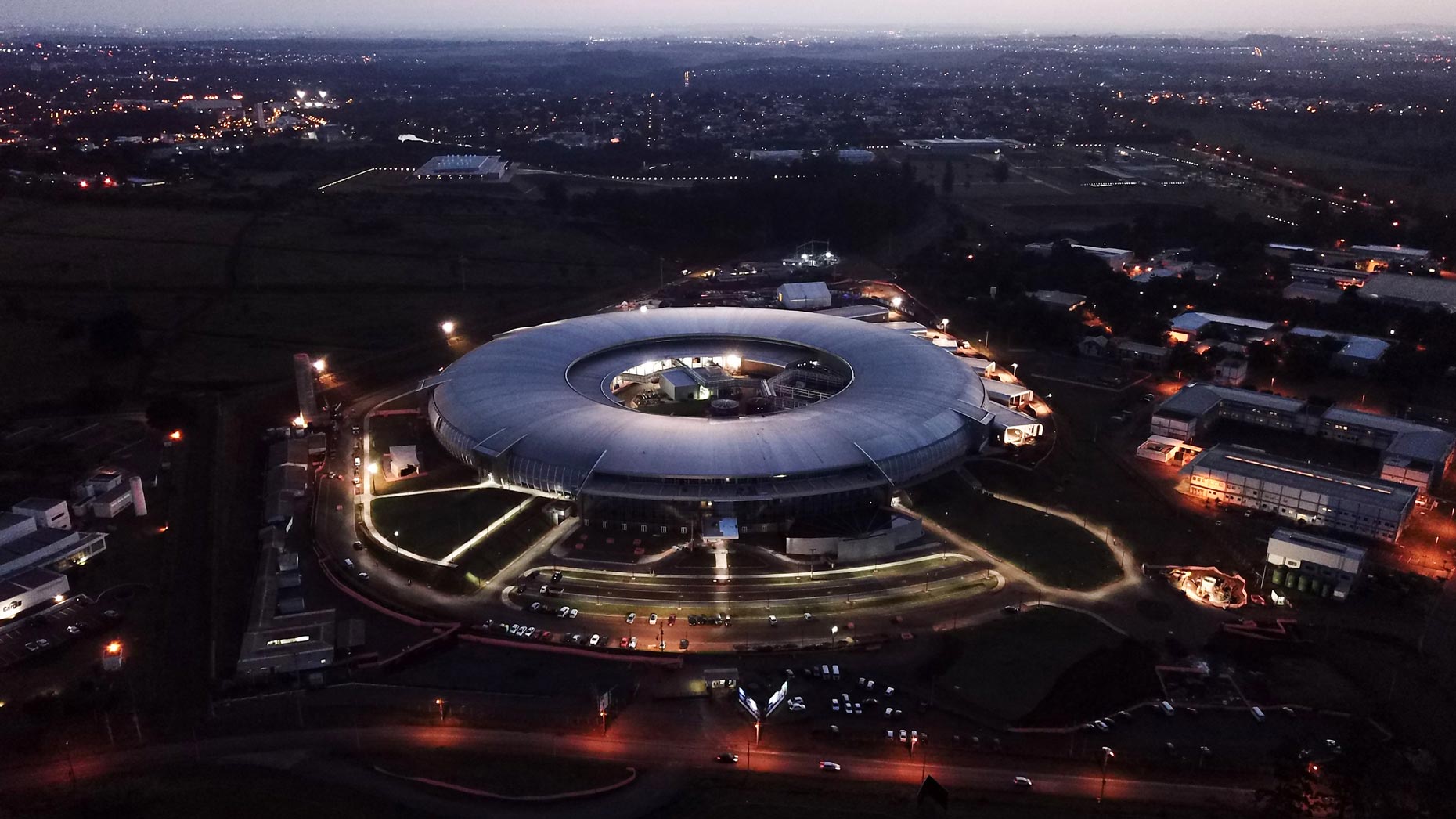Brazil’s new synchrotron light source, known as Sirius, has a 68,000-square-meter footprint and is 15 meters high. The circular building and two of its three electron accelerators, under construction at the Brazilian Center for Research on Energy and Materials (CNPEM) in Campinas, São Paulo State, were inaugurated on November 14, marking the end of its first phase. The electron beam is expected to start circulating in the second half of 2019 and the six initial experimental stations, called beamlines—which include X-ray nanoscopy, coherent X-ray scattering, micro and macromolecular nanocrystals—will be open to researchers in Brazil and abroad at the end of next year. Classified as a fourth-generation device, Sirius designs began in 2008, and in 2016, it was included in the federal government’s Growth Acceleration Program (PAC). The project has cost approximately R$1 billion. There are some 50 synchrotron light sources operating around the world, but only the MAX IV, inaugurated in Sweden in June 2016, is comparable to Sirius in terms of size and complexity. The new light source “will help to encourage development in Brazil,” Antônio José Roque da Silva, director general at CNPEM and leader of the Sirius project, told Agência FAPESP. According to the physicist, the new equipment will benefit science and “create new prospects for internationalizing Brazilian science, technology, and innovation.” Sirius is the successor of the current synchrotron light source operating at the National Synchrotron Light Laboratory (LNLS), also located in Campinas.
RepublishPhysics
First Sirius beamlines expected to begin operating by the end of 2019

The Sirius building in Campinas was inaugurated on November 14
LNLS / CNPEN